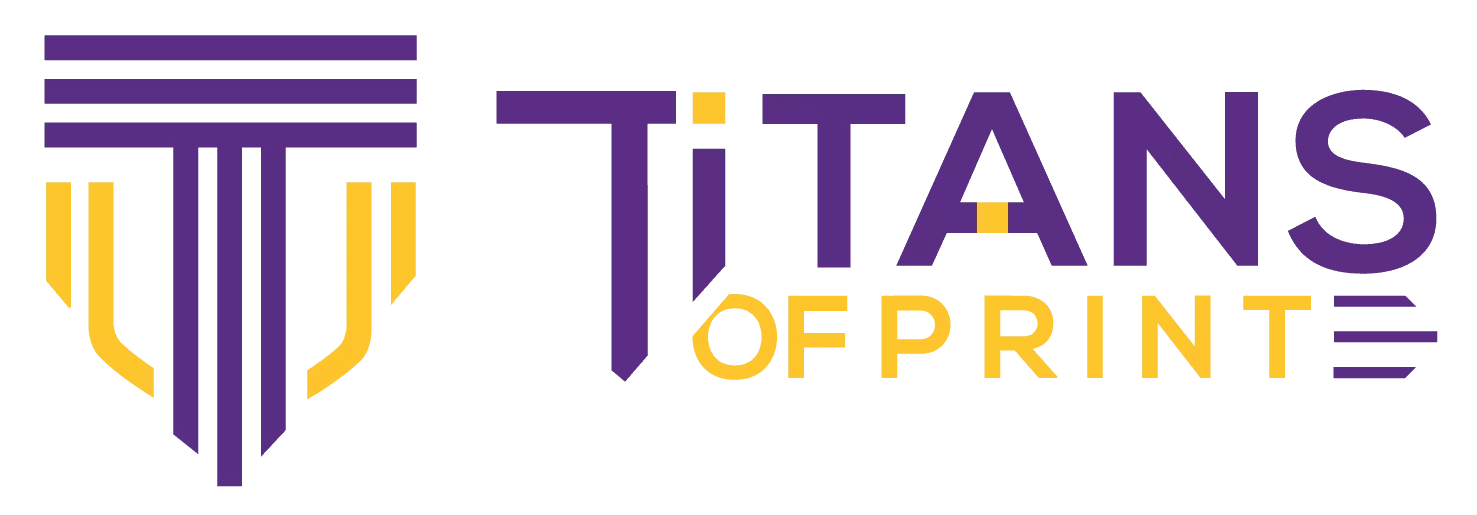Making Business Cards Uniquely Yours
Customization is the heart of premium business card design. It’s where your brand’s identity takes center stage, and every detail—whether it’s a bold QR code, an elegant font, or vibrant painted edges—works together to make your card uniquely yours. Customization goes beyond aesthetics; it enhances functionality, reinforces branding, and fosters memorability.
This article explores how custom elements like typography, QR codes, PMS color matching, and personalized finishes integrate with materials, shapes, and printing techniques to create a cohesive and impactful business card.
Why Customization Matters
In a world where standard business cards are quickly forgotten, customization ensures yours stands out. A customized card:
- Enhances Brand Recognition: Unique features align with your brand’s identity, making your card instantly recognizable.
- Encourages Interaction: Elements like QR codes and interactive designs add functionality and engagement.
- Demonstrates Attention to Detail: A thoughtfully customized card reflects professionalism and care.
Key Customization Options
1. Typography and Layout
Typography sets the tone for your business card. From bold, modern fonts to elegant serifs, your choice of typeface communicates your brand’s personality.
- Applications:
- Use sans-serif fonts for tech brands and startups.
- Opt for serif fonts for law firms or luxury brands.
Best Pairings:
- Combine clean typography with embossing or debossing for tactile appeal.
- Use spot UV to highlight key text like your name or logo.
2. Custom QR Codes
QR codes bridge the gap between physical and digital branding, offering immediate access to:
- Websites or portfolios.
- Social media profiles.
- Calendars for scheduling appointments.
Best Pairings:
- Print QR codes on metal or plastic cards for durability.
- Use a spot UV finish to make the QR code visually appealing.
3. PMS Color Matching
The Pantone Matching System (PMS) ensures your brand colors are consistent across all printed materials, including business cards.
- Applications:
- Align card colors with your brand’s logo and marketing materials.
- Use PMS for precise color matching in foil stamping or metallic inks.
Best Pairings:
- Combine PMS color matching with painted edges to create a unified design.
4. Colored and Foil Edges
Adding color or metallic foil to the edges of your card creates a striking detail that draws attention.
- Applications:
- Use bold, contrasting colors for creative industries.
- Choose metallic edges for luxury branding.
Best Pairings:
- Pair with multi-layer cards to highlight edge thickness.
5. Interactive Design Elements
Customization can go beyond the static design:
- Foldable Cards: Add space for extra information like portfolios or product details.
- Perforated Sections: Include coupons or appointment reminders.
Best Pairings:
- Combine with textured materials like suede or linen for added sophistication.
How Customization Integrates with Other Features
1. Materials
Your material choice enhances the impact of customizations:
- Wood or Metal: Ideal for laser-etched QR codes or logos.
- Silk or Suede: Soft textures complement elegant typography and embossing.
2. Advanced Finishes
Finishes amplify customized features:
- Spot UV and Raised Spot UV: Highlight typography or QR codes.
- Embossing and Debossing: Add depth to logos or taglines.
3. Unique Shapes
Custom shapes reinforce your brand’s identity:
- Die-Cut Cards: Pair unique shapes with custom QR codes for maximum engagement.
- Laser-Cut Designs: Highlight intricate patterns or logos.
Practical Benefits of Customization
- Increased Engagement: Interactive features like QR codes encourage recipients to explore your brand further.
- Enhanced Memorability: Unique typography, colors, and shapes ensure your card is remembered.
- Stronger Branding: Customized elements like PMS color matching align your card with your overall brand identity.
Sustainability in Customization
Customization doesn’t have to compromise sustainability:
- Use eco-friendly inks for color matching.
- Pair custom designs with recycled paper or plantable seed cards for a greener approach.
Creative Customization Ideas
- Typography Hierarchies: Use size and weight contrasts to guide the viewer’s eye.
- Transparent QR Codes: Embed QR codes subtly in frosted plastic cards.
- Interactive Features: Create foldable cards that reveal hidden messages or designs.
- Logo Integration: Use foil stamping or raised spot UV to highlight logos.
Conclusion: Personalizing Your Presence
Customization transforms a simple business card into a unique branding tool. By combining typography, QR codes, color matching, and edge detailing with premium materials and finishes, your card becomes a reflection of your brand’s identity. In the next section, we’ll explore eco-friendly and sustainable options, demonstrating how premium cards can meet the demands of environmentally conscious clients without compromising quality.

